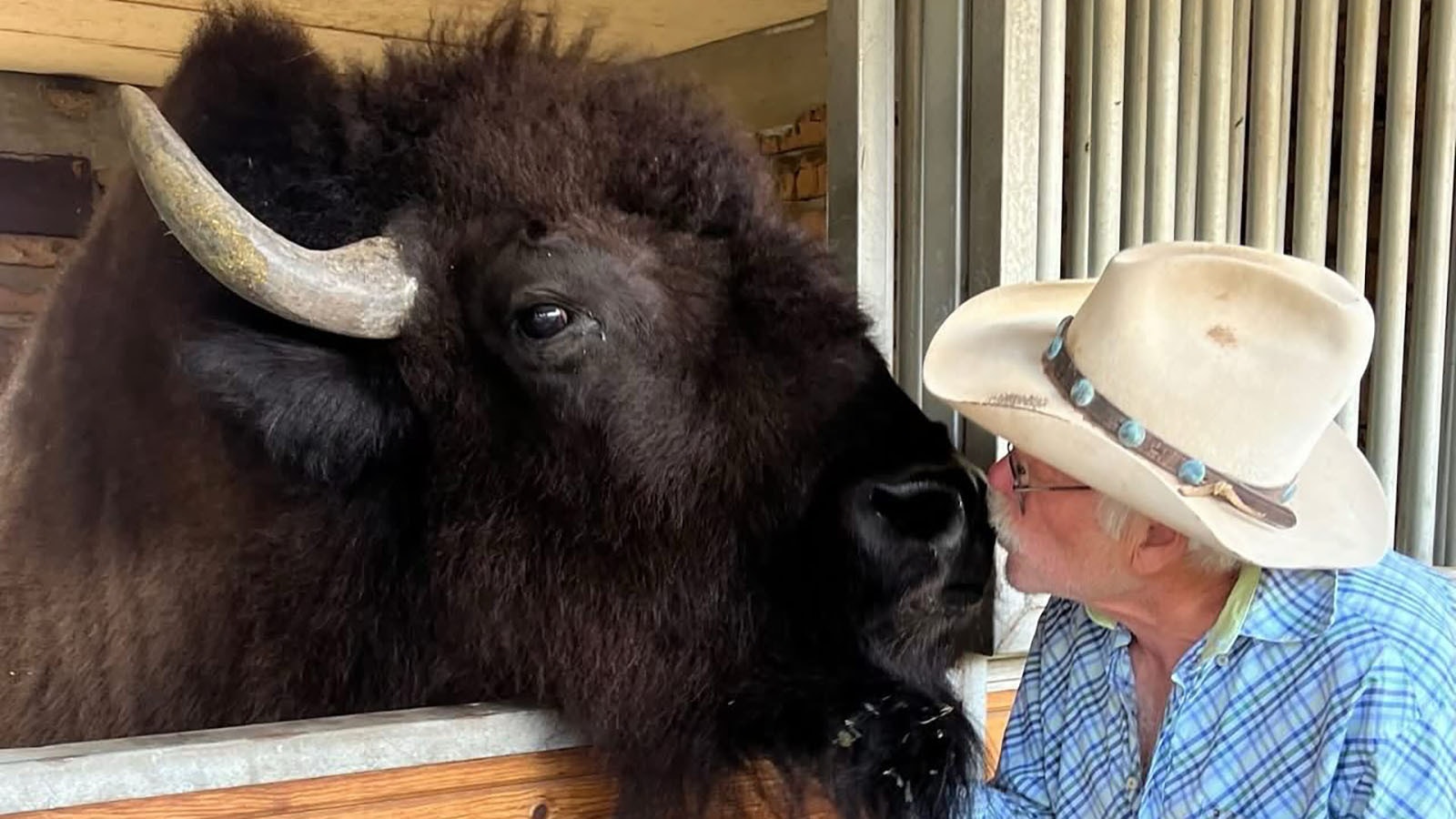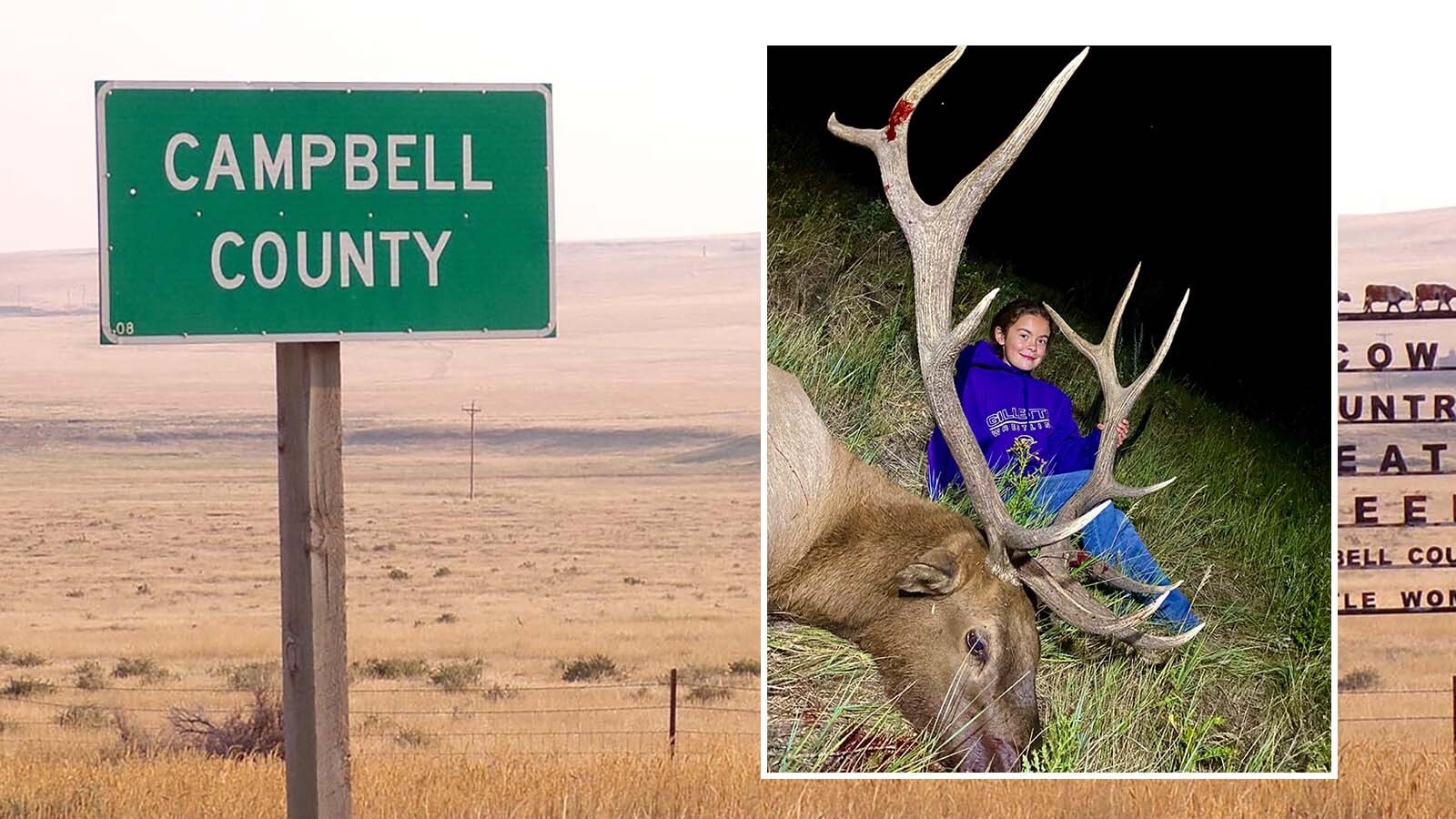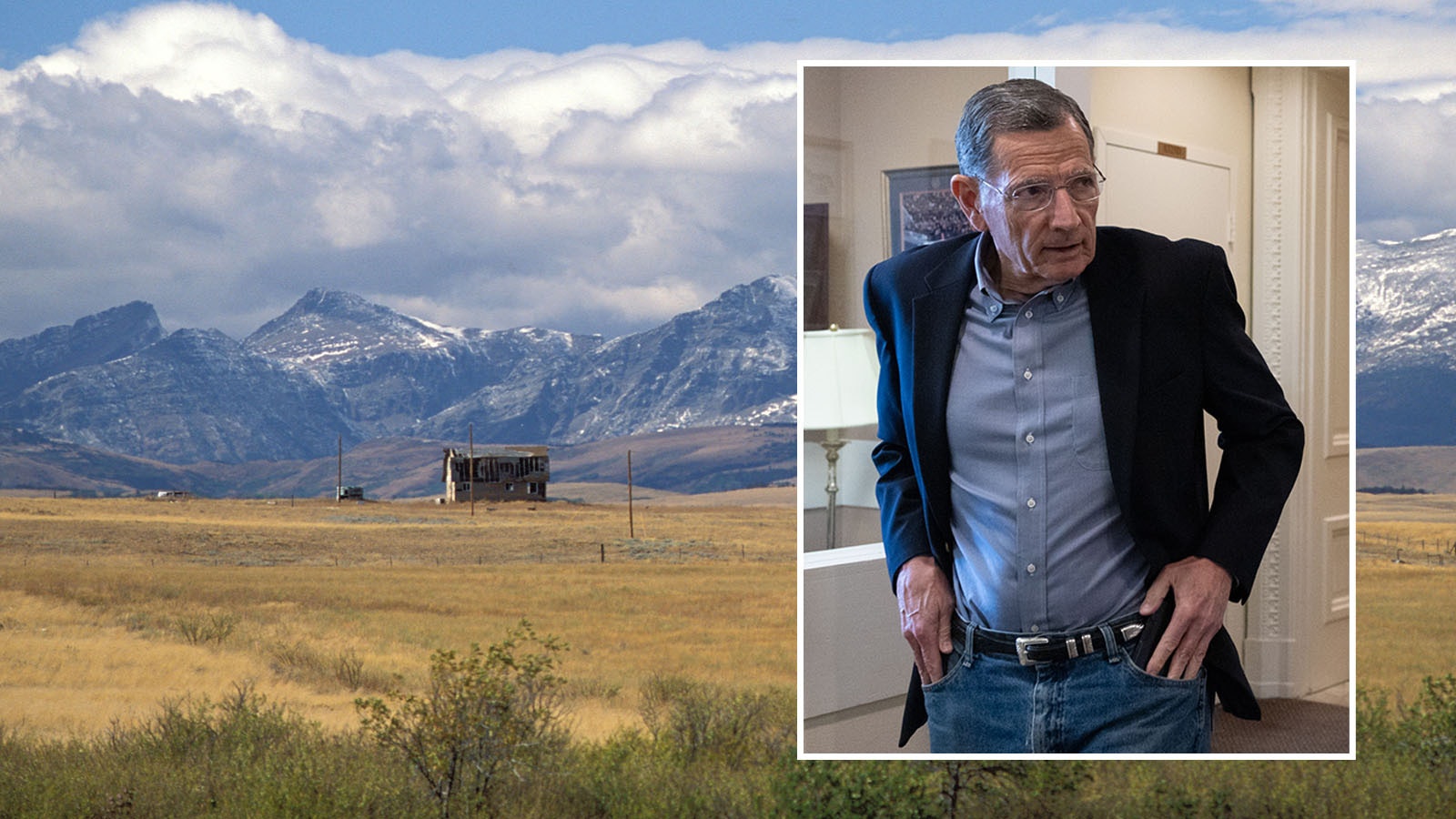Fish in greater numbers are dying after being caught and released. Officials seek to address the issue with new regulations. Not all anglers are on board.
For angler Robert McMillen, the first Tuesday of February was good fishing on the Gray Reef, one of the North Platte River’s richest tailwaters. He began tossing lures in the dim morning light and by midafternoon had 15 catches. Not even one under three pounds.
But such banner days might be numbered for spincast anglers like McMillen. The Wyoming Game and Fish Department is floating changes to fishing regulations on the North Platte drainage that would permit only single-point artificial flies at Fremont Canyon Dam and from Gray Reef Dam downstream to the Wyoming HWY 220 bridge, among additional regulations.
The proposed changes would also mandate barbless hooks between Kortes Dam and Highway 220, limit watercraft on a stretch known as the Miracle Mile, create an additional spawning closure near Ledge Creek, and boost Walleye harvests.
The proposals come as demand on the river has surged and caused fish die in greater numbers after being caught and released, according to the department’s fishery biologists. It’s also led to pervasive chronic hooking injuries that are weakening the reproductive vitality of trout populations throughout the river drainage.
Although fishermen agree conditions on the North Platte are backsliding, not all anglers are on board with the proposed regs.
“I’ve been fishing this river my entire life. To me this is asinine. If you go to the Gray Reef section and you count a hundred fisherman, 98 are going to be fly fishermen. The two that aren’t are going to be buddies standing shoulder-to-shoulder. I was the only person out there today using a spinning rod,” he told the Cowboy State Daily. “We’re not the ones doing damage to fish, so why would they handcuff the spin fishermen?”
McMillen is among the many Wyoming anglers who pushed back on the proposed changes during a lively open house at the Casper Regional Game and Fish Office on Tuesday, where officials met with residents to make their case that action is needed, and soon.
While the specific proposals are disputed, the underlying justification is crystal clear: The fish aren’t doing so well.
Hooking Injuries Worse Than Thought
That conclusion comes from a study published in the department's 2024 administrative report, which drew on data collected between September 2020 and October 2021 across 86 miles of tailwater habitat in the North Platte River – all of which was designated Blue Ribbon fisheries, or areas with more than 600 pounds of trout per mile.
The data hit officials like a bucket of cold water.
“It was higher than we expected it to be, especially in terms of how many were so severely injured,” Jeff Glaid, fishery biologist and co-author of the study, told the Cowboy State Daily.
In the river’s most highly fished areas – including the Miracle Mile between Pathfinder and Seminoe reservoirs, and the tailwaters from the Gray Reef Dam to Government Bridge – more than 75% of trout had hooking injuries; while over 22% had either severe or massive injuries, which can entail broken gills, cranial or respiratory or ocular damage.
“For years we worked under the assumption that there was not enough angling pressure on the river to cause a population-level negative effect. This study and finding how many fish are injured has changed that,” Glaid said.
While few hooking injuries are alone fatal, studies show that fish with greater body reserves and conditions have higher quality egg and sperm production. Whereas diminished body conditions, like those caused by hooking injuries, correspond to poor growth and compromised disease resiliency, which means the growing pressure on North Platte is undermining its trout populations at large.
The department’s proposed regulation changes are the first major step toward a course correction. But many fishermen don’t accept the reasoning for certain changes, drift boat anglers among them.
Waders At Danger Without Watercraft?
One of the turbulent topics at the Casper open house was the proposed regulation to limit watercraft on the Miracle Mile.
Miracle Mile is actually a multi-mile long reach located between Kortes Reservoir and Pathfinder Reservoir, totalling 14.7 miles at its longest depending on reservoir levels. It’s home to some of the largest trout in the lower 48. And increasingly, those trout are being caught by drift fishermen (anglers who drift through that section in boats).
“The data shows that the use of watercraft on the Miracle Mile has exploded in the last seven years…And what that’s done is create a lot of user conflicts out there,” said Casper Regional Fisheries Supervisor Matt Hahn, offering the example of waders and boaters who sometimes shout and throw rocks when vying for coveted holes.
In 2001, a department survey of the Miracle Mile recorded zero boats. A follow up survey in 2009 denoted only “a couple of boats observed." After that, things began to change. In 2017, the department surveyed 750 boats, with an estimated 70% non-resident anglers. And in 2022, from February to December, they counted 1,991 watercraft using Miracle Mile, an estimated 95% of which were non resident commercial anglers.
In addition to user conflict, the department believes the growth of boats is also contributing to chronic hooking injuries, so limiting their use may ease pressure on two fronts. Yet some drift anglers worry it will have unintended consequences that could actually exacerbate conflict.
Wes Richner, a guide for Lone Tree Boat Rental & Guide Service, which operates from a private riverfront property on the Upper Lusby area of the Gray Reef, says curtailing boats on Miracle Mile will have ripple effects downstream as guides pushed out are likely to crowd other segments.
“Limiting those guides to a shorter section means they’re going to hit that section multiple times in a day. They're not going to do it one time. They’re going to float down, eat lunch, head back up and drop back in,” he said. “That increased boat traffic on that lower end is going to make wade fishing tougher.”
Float fishers also worry a boat embargo could put anglers in danger. The Mile’s flows can be formidable, and during peak season wading is a hazardous prospect, which makes the proposed curtailment a nonstarter for some fishermen.
“There's a very short period of time when the water is low enough to even be accessible for a wader. Now we're not allowed to put our boats above the bridge when it's too dangerous to even be standing on the bank? It just doesn't make any sense,” a drift angler named Craig lamented during the open house, providing examples of water flows measured in cubic feet per second (cfs). “We're talking about 4,000 cfs of water coming down, and I'm not allowed to put a boat on it? I rarely see a wader trying to fish it when it's flowing at 4,000 cfs in June.”
Tackling Boats From Another Angle
The explosion of boat use on Miracle Mile parallels a wider trend on rivers across the state, and the department’s proposals come as the legislature seeks to address the issue from another angle.
Currently, Wyoming’s fishing industry is a proverbial Wild West, where permitting and licensing are not required for commercial guides, resulting in a free-for-all system that many believe has been exploited by out-of-state visitors – something to which North Platte guide Wes Richner can attest.
“We see all the boat traffic that comes down from Gray Reef to the Lusby section, and that influx has grown drastically since Covid…And I know which boats are locals and which aren’t,” he said, alluding that the growth is predominantly due to non-residents.
House Bill 5 would help address overuse by giving the Wyoming Game and Fish Commission the authority to impose a permitting system for fishing guides similar to the system in place for big game guides in Wyoming. The bill passed the Wyoming House Monday and was introduced in the Senate Tuesday.
Richner is supportive of HB 5. He also agrees with the Game and Fish proposed regulation to create new off-grlimit red zones to encourage spawning on the North Platte. But he and other fishermen are not smitten with the department’s approach to Walleye.
Walleye Getting Bigger And Smaller At Once
Walleye populations have grown in all North Platte reservoirs over the last decade, and their population in Pathfinder has more than doubled since 2015, according to Game and Fish, who say it's the result of low natural mortality and diminished angler harvest.
The swelling population has led to increased competition for forage and resulted in dramatically suppressed growth rates of individual Walleye, which the department doesn’t like.
In 2015, the average five-year-old Walleye measured 20 inches in length. Today, the average 20-inch Walleye is 10-years-old, meaning the fish are taking twice as long to reach that threshold, and far fewer fish are reaching it at all.
Some fishermen argued the department should stock more of the fish’s common forage, like emerald shiners. But officials say increasing forage isn’t the solution because the reservoir's ecosystem cannot likely support additional forage species.
“You can put different kinds of forage in but all you're doing is trading one out for another. It's not an additive thing. So, from the standpoint of wanting to improve Walleye, you're a lot better off trying to keep the population within what the lake can support,” Hahn said.
Instead, officials are proposing to bring population density down by lifting the harvest cap. The current Walleye harvest limit is six fish statewide. The new regulations would allow anglers in the North Platte drainage to catch six walleye with no size limit, and up to six additional walleye that do not exceed 14 inches.
“The whole point is if you can get the Walleye density back in line with what the lake is producing for forage, then you get really fast growth. You can get a 30-inch Walleye again,” said Hahn.
Zakary Sonntag can be reached at zakary@cowboystatedaily.com.





